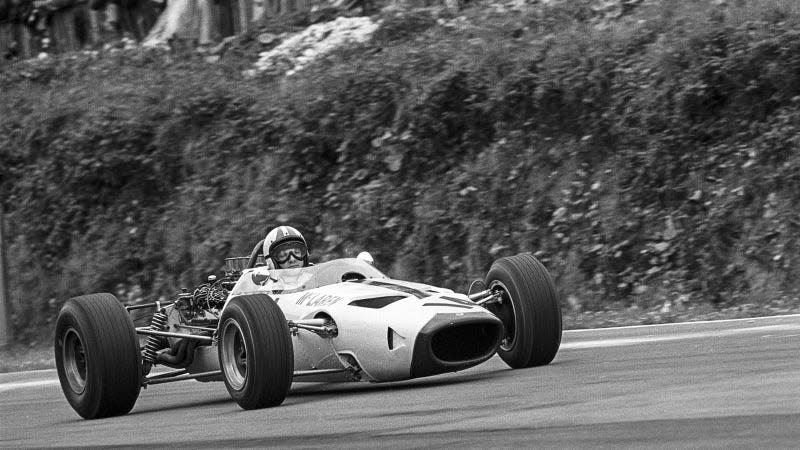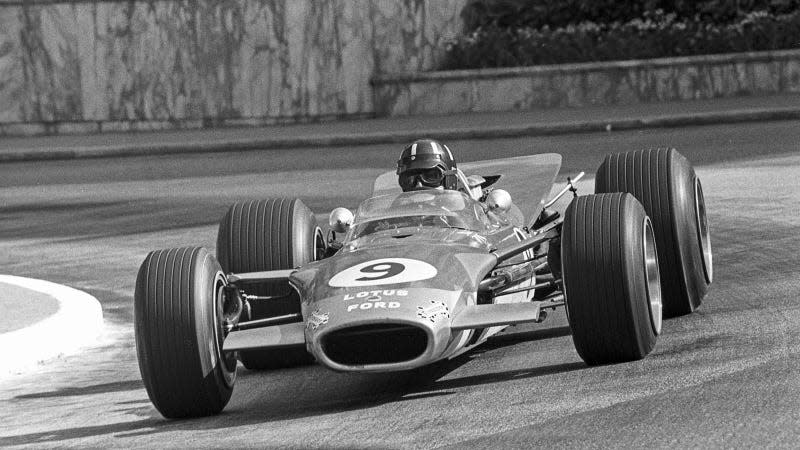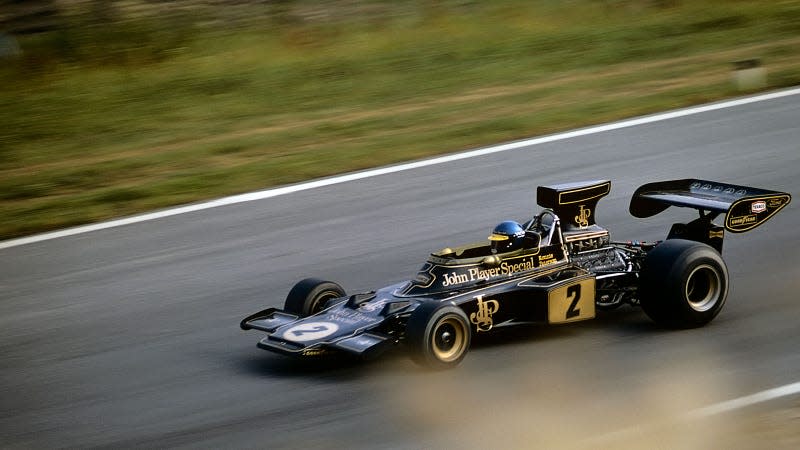60 Years of Ford in Formula 1

I go back to the start, before I loose my mind.
This morning, the worst kept secret in Formula 1 was finally confirmed as Red Bull announced it was partnering with Ford on its powertrains from 2026. The move follows Red Bull’s news that it would begin developing its own Formula 1 engines for the new powertrain regulations, which up the hybrid aspect and could see the sport pivot to synthetic fuels.
It’s pretty exciting news to hear, as it marks the second huge American automaker to eye an entry into F1 following Cadillac’s tie-in with Andretti to try and enter a new team. But, unlike GM’s bid to join the sport, Ford’s entry will mark a return for the American outfit, which has served as an engine supplier and team owner over the years.
Read more
So, to find out more about Ford’s ties to top-tier motorsport, we’ve trawled through the history books to find out what’s gone on between Ford and F1 over the past 60 years.
The Early Days

Ford’s first foray into F1 came via its engines. Between 1963 and 1966, Ford built straight-four motors that were sold to fledgling teams in the sport. Outfits like Canadian Stebro Racing and David Prophet Racing ran cars that used the 1,500 CC Ford engine.
The cars in question were machines like the Brabham BT6, the Stebro Mk4 and even the McLaren M2B, which was fielded by the historic racing outfit in the 1966 season.
Time for a Rebrand

After working to build its own engines for most of the 1960s, Ford soon decided that it was in need of some assistance if it wanted to take things up a gear. As such, it called on the small British engineering firm that had previously consulted on the designs for certain high-performance parts in the Ford Cortina GT. This was, of course, Cosworth, which Ford tasked with building a 3.0-liter engine for Formula One.
Formula 1’s Most Successful Engine

The engine that Cosworth cooked up was unveiled ahead of the 1967 Dutch Grand Prix, where it powered Jim Clark and his Lotus 49 racer to a victory that saw him finish 23.6 seconds ahead of the competition, despite starting in eighth.
The engine in question was the Cosworth DFV engine, which was an abbreviation for Double Four Valve. The naturally aspirated, three-liter V8 motor produced more than 400 hp in its first season and was quickly adopted by most teams on the grid.
Everybody Wants One

When the Cosworth DFV was first unveiled in 1967, it powered just the Lotus cars on the grid. But, after seeing its winning ways teams were soon scrambling to get their hands on DFV engines of their own.
This meant that by the mid 1970s, the Cosworth engine could be found in almost every car competing in Formula 1, except the Ferrari and BRM racers. In fact, in 1969 and 1973, every single F1 race was won by a car powered by a Cosworth DFV engine.
Develop, Develop, Develop

After asserting its dominance in the late ‘60s and early ‘70s, Ford and Cosworth were in no hurry to stop their winning ways. As such, Cosworth continued developing the DFV engine to keep it competitive for a whopping 18 years.
Over the years, Cosworth developed four iterations of the engine, including the DFY, which added reconfigured cylinders and increased its output above 520 hp. This was followed by the DFR, which upped the power output once again to more than 600 hp. But, by 1988 when the DFR was introduced, Ferrari, Honda and Renault were all fielding much larger engines, and the aging Cosworth struggled to keep pace.
Still, the Cosworth engine holds the record as the most successful F1 engine of all time, having won 155 races between 1967 and 1985.

 Yahoo Autos
Yahoo Autos 